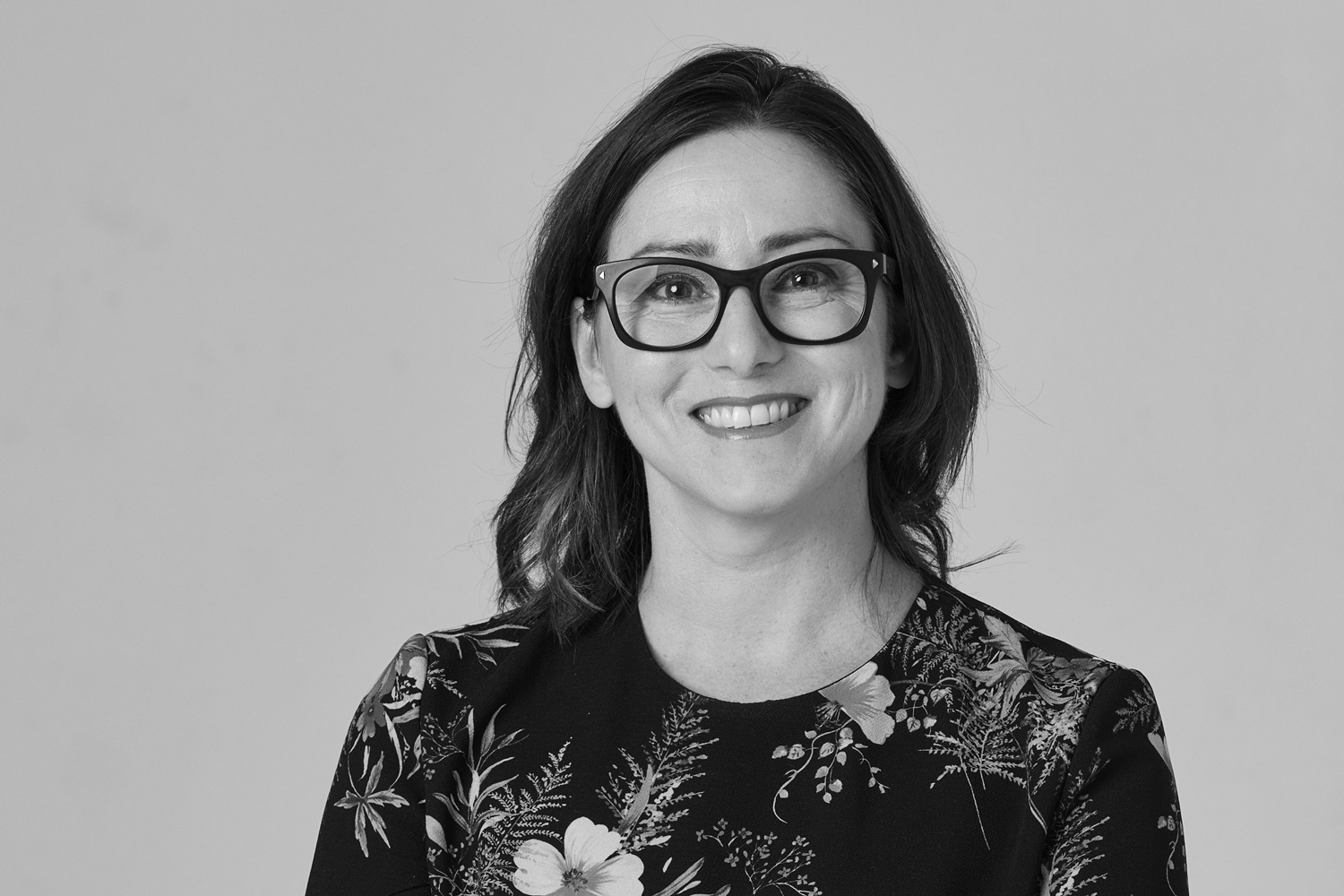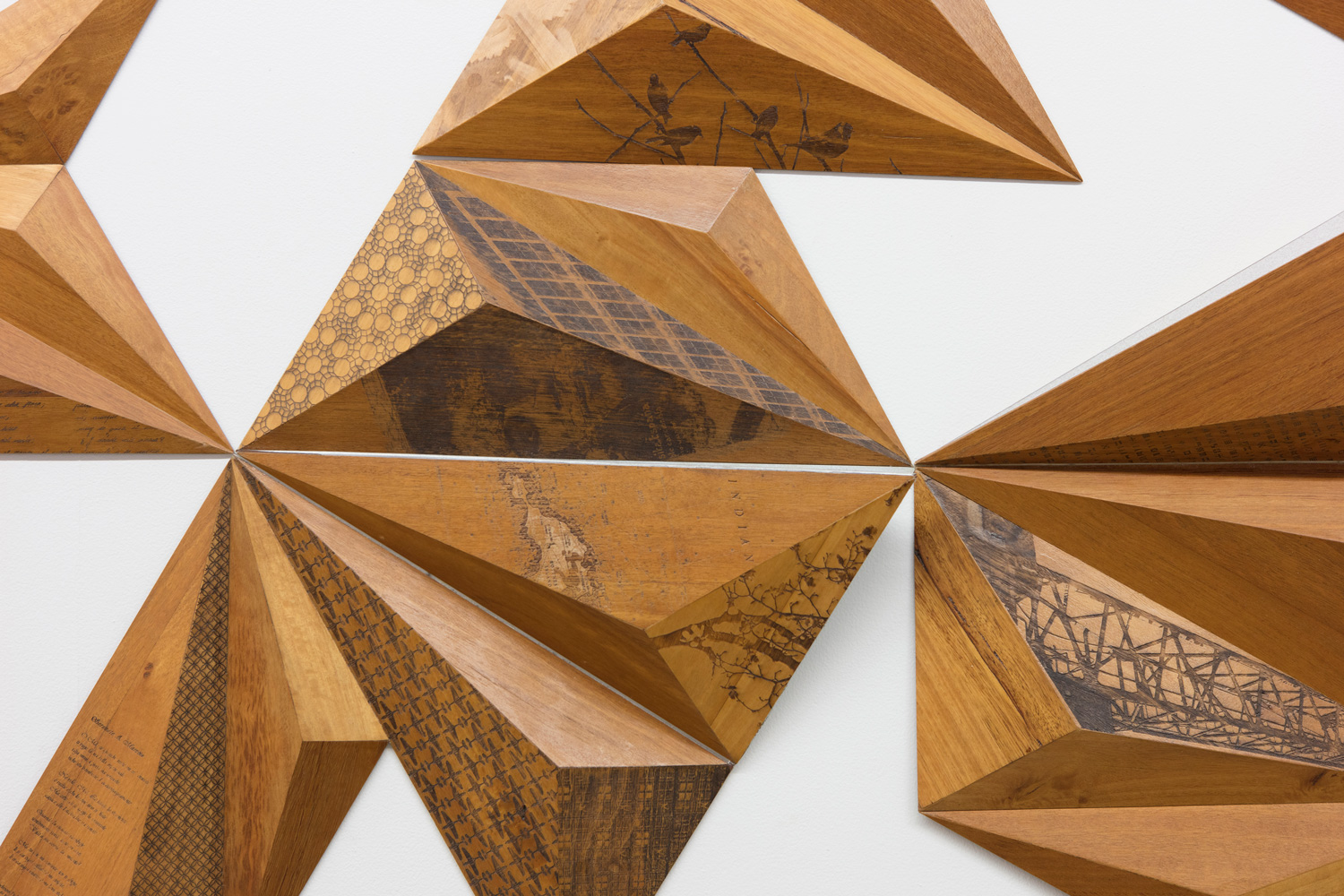Penelope Forlano
Forlano Design
Australia

Penelope Forlano is a woman of many parts. Her interests span, anthropology, design anthropology, design for custodianship, advanced manufacturing technology combined with hand-craft, multidisciplinary problem solving, material testing and experimentation, emotion and design, public space, community engagement and time-based engagement with the built form. It is from these perspectives that Penelope has carved out a career in designing and making.
There have been myriad accolades and countless milestones in Penelope’s career and her craft has no boundaries with design that encompasses installations, exhibitions, art, furniture, and teaching.
In 2018 her thesis entitled ‘Making Custodians; A Design Anthropology approach to designing emotionally enduring built environment artefacts’ explores emotional and psychological consumption practices, a subject that is close to her heart.
Experimental, self-initiated projects have been instrumental to her practice. Endless Quilt became a cornerstone project which spearheaded her PhD research into the person-object relationship by utilising reclaimed waste materials to create an object of significant, intergenerational meaning: while The Lux table earned an Australian Design Award and established a collaboration that continues today.
Receiving the award enabled Penelope to experiment with new advanced technologies and materials, and to expand her practice that would not have eventuated with solely client-driven projects and she commented that, “Being a sole practitioner and collaborating with various professionals enables me to be nimble, experimental and risk-taking.”
In 2018, Penelope was Artist in Residence at the Parliament of Western Australia creating Shield of Voices (that was subsequently acquired). In 2015 An artwork at Perth Airport International terminal, From the Skies, was designed with Aboriginal Elder Doolann Leisha Eatts and she received the Humanities Research of the Year Award, Curtin University in 2011, among many other milestones.
In her work there are collaborations with the community and in particular, the First Nations People in local communities and Penelope says, “I’d like to see greater collaboration with the First Nations People to remind us of our connection to land, history and identity. Design can also communicate to people the value of ethical design on a number of levels, with a focus on a ‘benevolent beauty’ that is possible through a deep connection to local makers and community and spaces where we are reminded about our cultural history, connectedness and future aspirations. It may be highly ambitious and idealistic, but worth pursuing.”
Photography: David Broadway, Douglas Mark Black, Rob Frith, Bo Fong





